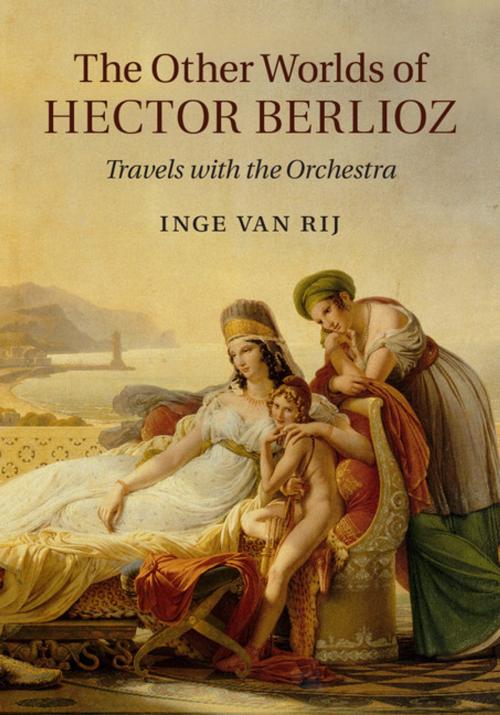The Other Worlds of Hector Berlioz
Travels with the Orchestra
Nonfiction, Entertainment, Music, Music Styles, Classical & Opera, Opera| Author: | Inge van Rij | ISBN: | 9781316233962 |
| Publisher: | Cambridge University Press | Publication: | February 19, 2015 |
| Imprint: | Cambridge University Press | Language: | English |
| Author: | Inge van Rij |
| ISBN: | 9781316233962 |
| Publisher: | Cambridge University Press |
| Publication: | February 19, 2015 |
| Imprint: | Cambridge University Press |
| Language: | English |
Berlioz frequently explored other worlds in his writings, from the imagined exotic enchantments of New Zealand to the rings of Saturn where Beethoven's spirit was said to reside. The settings for his musical works are more conservative, and his adventurousness has instead been located in his mastery of the orchestra, as both orchestrator and conductor. Inge van Rij's book takes a new approach to Berlioz's treatment of the orchestra by exploring the relationship between these two forms of control – the orchestra as abstract sound, and the orchestra as collective labour and instrumental technology. Van Rij reveals that the negotiation between worlds characteristic of Berlioz's writings also plays out in his music: orchestral technology may be concealed or ostentatiously displayed; musical instruments might be industrialised or exoticised; and the orchestral musicians themselves move between being a society of distinctive individuals and being a machine played by Berlioz himself.
Berlioz frequently explored other worlds in his writings, from the imagined exotic enchantments of New Zealand to the rings of Saturn where Beethoven's spirit was said to reside. The settings for his musical works are more conservative, and his adventurousness has instead been located in his mastery of the orchestra, as both orchestrator and conductor. Inge van Rij's book takes a new approach to Berlioz's treatment of the orchestra by exploring the relationship between these two forms of control – the orchestra as abstract sound, and the orchestra as collective labour and instrumental technology. Van Rij reveals that the negotiation between worlds characteristic of Berlioz's writings also plays out in his music: orchestral technology may be concealed or ostentatiously displayed; musical instruments might be industrialised or exoticised; and the orchestral musicians themselves move between being a society of distinctive individuals and being a machine played by Berlioz himself.















